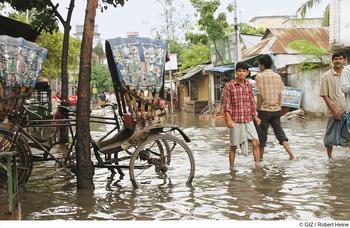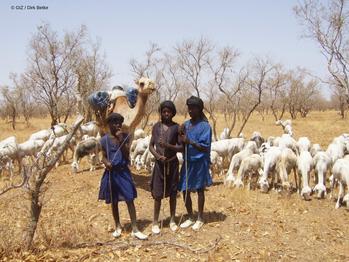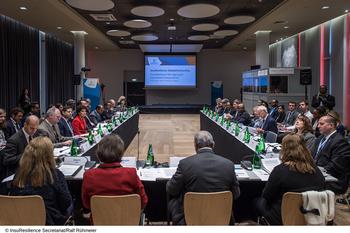Context
Extreme weather events and other climate risks are threatening many people’s livelihoods. In 2017 alone, natural disasters caused damage worth USD 350 billion worldwide; for 2018, the figure is estimated at USD 155 billion.
Poor countries are especially hard-hit: they have small national budgets and are highly dependent on economic sectors that are at especially high risk from extreme weather events and natural disasters, such as agriculture. These countries also have limited capacity to prepare for disasters, so the scale of humanitarian crises is greater there than in industrialised countries. Low-income households are especially vulnerable, as they have little or no means of mitigating the impact of such crises.
Climate risk insurance offers financial protection against the negative consequences of extreme weather events, which are becoming more frequent and more intense as a result of climate change. This is why the InsuResilience initiative was launched in 2015 during the German Presidency of the G7. The global Climate Change Conference in Bonn in November 2017 took this G7 initiative further and launched the InsuResilience Global Partnership. This brings together representatives of the G20 and the V20 (the Vulnerable Twenty Group: the 20 countries most severely affected by global warming) and representatives of international organisations, the private sector, civil society and academia. At the UN Climate Change Summit in 2019, the participants adopted Vision 2025, a six-year work plan with ambitious goals aimed at the further national and international development by this global Partnership of climate risk finance and insurance instruments. The Partnership is supported by a Secretariat, whose role is to enhance the visibility of the InsuResilience Global Partnership, to foster communication and cooperation among all relevant actors of the Partnership and to facilitate knowledge management.
Objective
The resilience of developing countries to climate-related events has been improved. There is greater protection for the lives and livelihoods of people particularly susceptible to the impact of climate change and natural disasters.
The Secretariat has advanced the strategic development of the InsuResilience Global Partnership and supported efforts to implement needs-based and poverty- and gender-sensitive climate and disaster risk finance and insurance by the partners as part of a comprehensive climate risk management plan that ensures international visibility.


